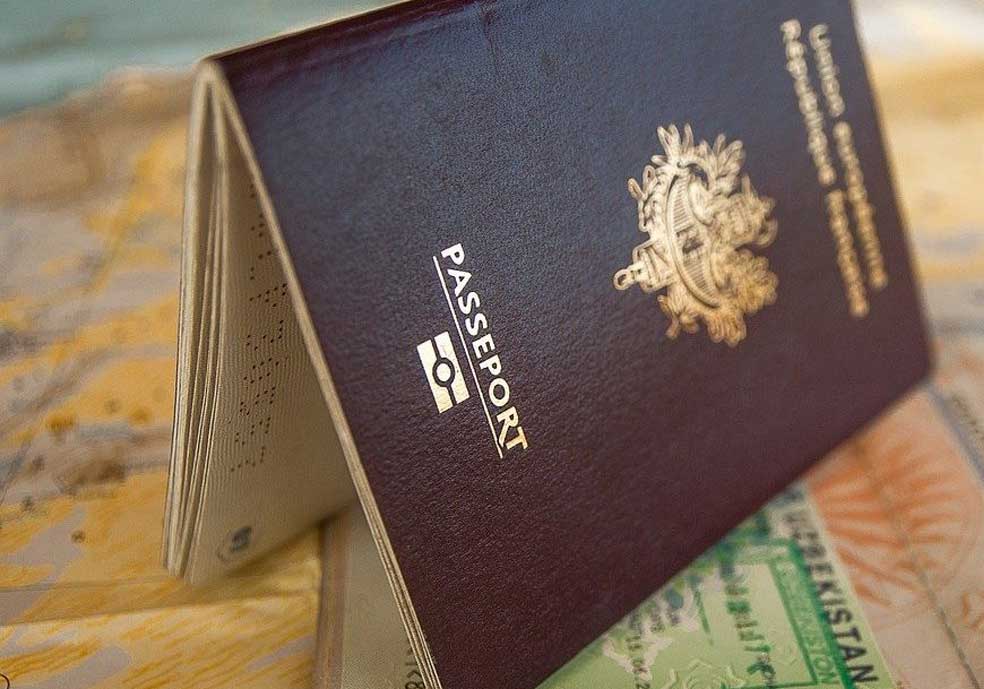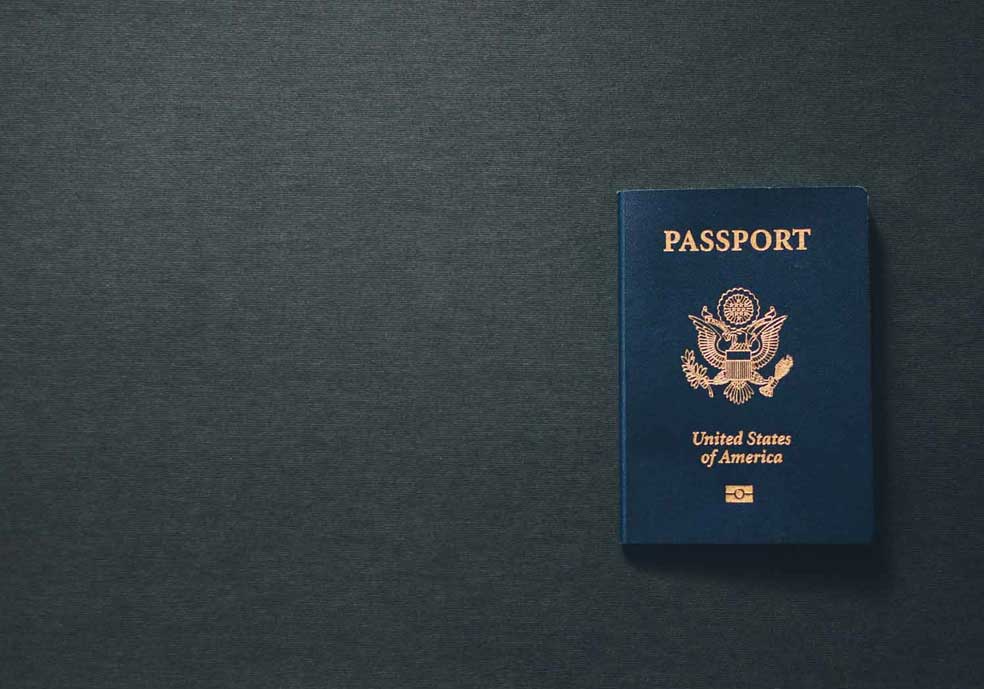Exploring your family’s past can enrich your future, especially when it opens global doors. Passport by ancestry is more than a document; it’s a bridge to your heritage. It offers a mix of personal discovery and travel chances.
If you’re drawn to connecting with your roots, an ancestry passport could be your key. It leads to a journey of self-discovery and exploring the world. For many, getting a heritage passport is about more than traveling. It’s about reconnecting with ancestors and making your family history passport come alive.
Let’s start this journey together. We’ll uncover the lineage that opens new possibilities.
Key Takeaways
- Passport by ancestry combines personal discovery with travel benefits.
- An ancestry passport connects you to your family’s origins and may open international doors.
- Understanding the value of a heritage passport can deepen your appreciation of your background.
- A family history passport is a symbol of identity and a practical tool for global access.
- Getting citizenship through descent starts a unique, enriching exploration of your past.
What is Passport by Ancestry?
Starting an ancestry journey can reveal more than just family ties. It can also uncover citizenship through ancestry. This idea is about getting citizenship in a country where your ancestors came from. It uses a DNA passport or genetic passport to prove your ancestral ties.
Overview of Ancestry’s Passport Program
Ancestry’s Passport Program explores your family history to help you get dual citizenship. It’s great for people whose ancestors came from countries that allow citizenship by descent. The program uses historical records, family documents, and DNA to help you claim a second nationality.
Benefits of Having a Passport by Ancestry
Having a passport by ancestry is more than just a travel document. It connects you to your roots, culture, and family overseas. It can improve your job and education chances, and give you social and political rights. Most importantly, it links your past to your present, making you feel more connected to your heritage.
How to Start Your Passport by Ancestry Journey
Starting your ancestry travel adventure is exciting. It begins with getting a heritage passport. This journey lets you connect with your past and find links across generations and places. Let’s explore the first steps of this amazing journey.
Gathering Necessary Documents
Gathering documents is the first big step. You’ll need birth certificates, marriage records, citizenship info, and death certificates. It’s also important to collect historical data that shows your family’s path to their homeland. This careful preparation is key for your passport application.
Understanding Ancestry’s Research Process
Exploring your family’s history can be done with a genealogist or on your own. You’ll look at historical records, census data, and more. This research helps prove your family ties and makes your heritage passport application stronger.
Eligibility Requirements
Knowing what it takes to get a passport by ancestry is key. Each country has its own rules for citizenship through descent. It’s important to learn about these laws and requirements.
Countries That Offer Citizenship by Descent
Many countries let people get a passport by ancestry if they have a direct family link. Ireland, Italy, and Poland are popular for their descent-based citizenship programs. These countries welcome back their diaspora community to their roots.
Key Factors in Eligibility
To get an ancestry passport, you need to prove your family connection. This means showing birth, marriage, and death certificates. You also need to show your ancestor kept their citizenship.
A genetic passport helps make this process easier. It helps verify your family history and citizenship information.
Knowing what you need to get an ancestry passport is crucial. If you have solid family history and evidence, you’ll face fewer challenges. This makes the citizenship application process smoother.
The Application Process Explained
Starting your journey to get a passport by ancestry might seem tough at first. But, knowing the steps can make it easier. Whether you’re applying for citizenship by descent or just starting your passport application, we’ve got you covered. We’ll walk you through each step to help you avoid mistakes that could slow you down.
Step-by-Step Application Instructions
The first thing to do is check if you’re eligible for citizenship by descent. You need to research your family history to show you’re related to a citizen of the country you’re applying to. Then, collect all the documents you’ll need, like birth and marriage certificates, and proof of your ancestor’s nationality.
After that, fill out the application forms from the consulate or embassy. Make sure all the information is correct to avoid delays. It’s a good idea to talk to embassy officials or legal experts who know about citizenship by descent. They can help clear up any questions and make sure you meet all the requirements.
Common Mistakes to Avoid
One big mistake is sending in the wrong or missing documents. It’s very important to check that all your documents are complete and meet the application’s requirements. They might need to be notarized or certified.
Another mistake is not realizing how long it takes to get your application processed. It can take several months. So, don’t make big changes in your life, like selling your house or quitting your job, until you have your passport.
In summary, applying for citizenship by descent requires careful attention and patience. But, the benefits of getting a passport by ancestry are worth it. By following these steps and avoiding common mistakes, you can make your application process smoother and more successful.


Researching Your Family Tree
Starting an ancestry journey is more than just collecting names and dates. It’s a deep dive into your family’s history, using advanced tools and expert advice. Whether you’re getting a family history passport or just curious, learning to research your family tree is key.
Tools and Resources Offered by Ancestry
Ancestry tourism is on the rise as people seek to connect with their heritage. Online tools and resources help build your family’s story. You can find digital archives, historical databases, and software to organize your findings. These tools are crucial for accurate and detailed genealogy research.
Collaborating with Genealogy Experts
While digital tools are helpful, nothing beats the skill of professional genealogists. They help with complex records, genetic data, and solving research problems in ancestry tourism. Working with these experts makes your ancestry journey more fulfilling and precise.
Understanding Dual Citizenship
Dual citizenship opens up new worlds and chances for people. It can come from a heritage passport or other ways. Having dual nationality brings many benefits and duties that affect our lives and work.
Advantages of Holding Dual Citizenship
One big benefit of dual nationality is being able to live, work, and study in two places. This expands our cultural knowledge and can improve our career chances. Also, a heritage passport can make traveling between countries easier, strengthening our ties to our heritage.
Responsibilities of Dual Citizenship
But, dual nationality also brings complex duties. These include knowing and following the laws and taxes of both countries. It’s important for people to keep up with their duties in both places to keep their citizenship and enjoy its benefits.
Timeframes for Processing Applications
Starting the journey to get a passport by ancestry means knowing the citizenship by descent application timeframe. This knowledge helps set realistic expectations and prepares applicants for the waiting period ahead.
Typical Wait Times by Country
Different countries have different processing times for ancestry passports. Some might finish in a few months, while others could take over a year. These times depend on the country’s policies and how efficient their bureaucracy is.
Factors Influencing Processing Speed
Several things can change how long it takes to process an application. The completeness and accuracy of the documents are key. If the application is complete and correct, it can be processed faster. But, if it’s not, it might take longer to fix the issues.
Costs and Fees Involved
Starting your journey to get a passport through ancestry is both thrilling and costly. It’s key to know all about ancestry passport costs and application fees. This part will help you understand the costs involved, giving you a clear picture of what to expect.
Overview of Application Costs
The first cost you’ll see is the application fee. These fees change based on the country. They cover your application and checking your documents. Make sure to look up the exact fees for your country before you start.
Unexpected Expenses to Consider
There are also extra costs you might not see right away. You might need to pay for personal documents like birth or marriage certificates. You could also face fees for translations and notarizations. Plus, getting legal help, especially for complex ancestry cases, can add to your expenses. Remember these extra costs when planning your application.
Success Stories: Real-Life Experiences
The path to getting a passport by ancestry is unique for everyone. These stories show a wide range of experiences. They go from easy applications to tough cases that test patience and determination.
Testimonials from Happy Applicants
Getting my heritage passport was like opening a door to my ancestral home. It gave me a sense of belonging and opened new doors. The whole process was eye-opening, and it has made my family’s identity richer.
Lessons Learned from Challenging Cases
Some people had to dig deep into their family’s past and deal with red tape. These stories highlight the need for detailed records and the help of experts. They show how important these steps are for success.
Every story is a light of hope for those wanting to connect with their heritage through a passport.
Preparing for Your New Citizenship
Starting your new citizenship preparation is an exciting journey. It lets you connect with your heritage and opens up new opportunities. You’ll learn about the key steps after approval and how to handle the rights of dual nationals.
Essential Steps After Approval
After your application is approved, it’s important to update your legal documents. This includes passports, ID cards, and social security records. Keeping these documents current helps avoid legal issues and makes your transition smoother.
Navigating Your Rights and Responsibilities
Knowing your rights of dual nationals is key. These rights let you work, live, and join in the social and cultural life of both countries. But, you must also follow the laws of both places, like tax rules and national service. Learning about these will help you enjoy your new status while following the law.
Ensuring Ongoing Access to Resources
Understanding your roots is a lifelong journey. It doesn’t end with getting a passport by ancestry. Keeping in touch with ancestry services and building community connections are key. This opens doors to more knowledge and connects you with others who share your background.
It’s a journey of continuous discovery. Preserving links to your ancestors enriches your sense of identity.
Staying Engaged with Ancestry Services
Engagement with ancestry services is crucial. It helps deepen your understanding of your heritage. It’s important to regularly update your family history and explore new databases.
Take advantage of educational tools provided by these services. Staying updated with genealogy research and technology can reveal more about your family’s story. This keeps your family bonds strong and your heritage alive for future generations.
Building Community Connections Through Heritage
Building community heritage connections is rewarding. Join forums, attend cultural events, or join societies that celebrate your heritage. These activities let you express pride in your ancestry.
They also offer support systems and networks for personal growth and citizenship. Connecting with others who value their heritage as much as you do highlights the communal aspect of ancestry. It reinforces the threads that connect individuals to the rich tapestry of human history.
FAQ
What are the personal and practical benefits of getting a Passport by Ancestry?
Can you explain what the Ancestry’s Passport Program is?
What initial steps should I take to begin my Passport by Ancestry journey?
Which countries offer citizenship by descent?
What are the common mistakes to avoid during the Passport by Ancestry application process?
What resources can assist me in researching my family tree?
What are the advantages of holding dual citizenship?
How long does it take to process a Passport by Ancestry application?
What kind of costs are involved in applying for a Passport by Ancestry?
Can you share some success stories from individuals who acquired their Passport by Ancestry?
Once I’ve received my Passport by Ancestry, what should I prepare for next?
How can I stay engaged with Ancestry services and build community connections after receiving my passport?
Contact us today via email, or reach us on WhatsApp or Telegram to learn how our apostilled document service can help you unlock your heritage and secure a passport through ancestry. Let us guide you through the process with ease, ensuring a smooth path to connecting with your roots and achieving global mobility.
 +49 175 370 2510
+49 175 370 2510

0 Comments